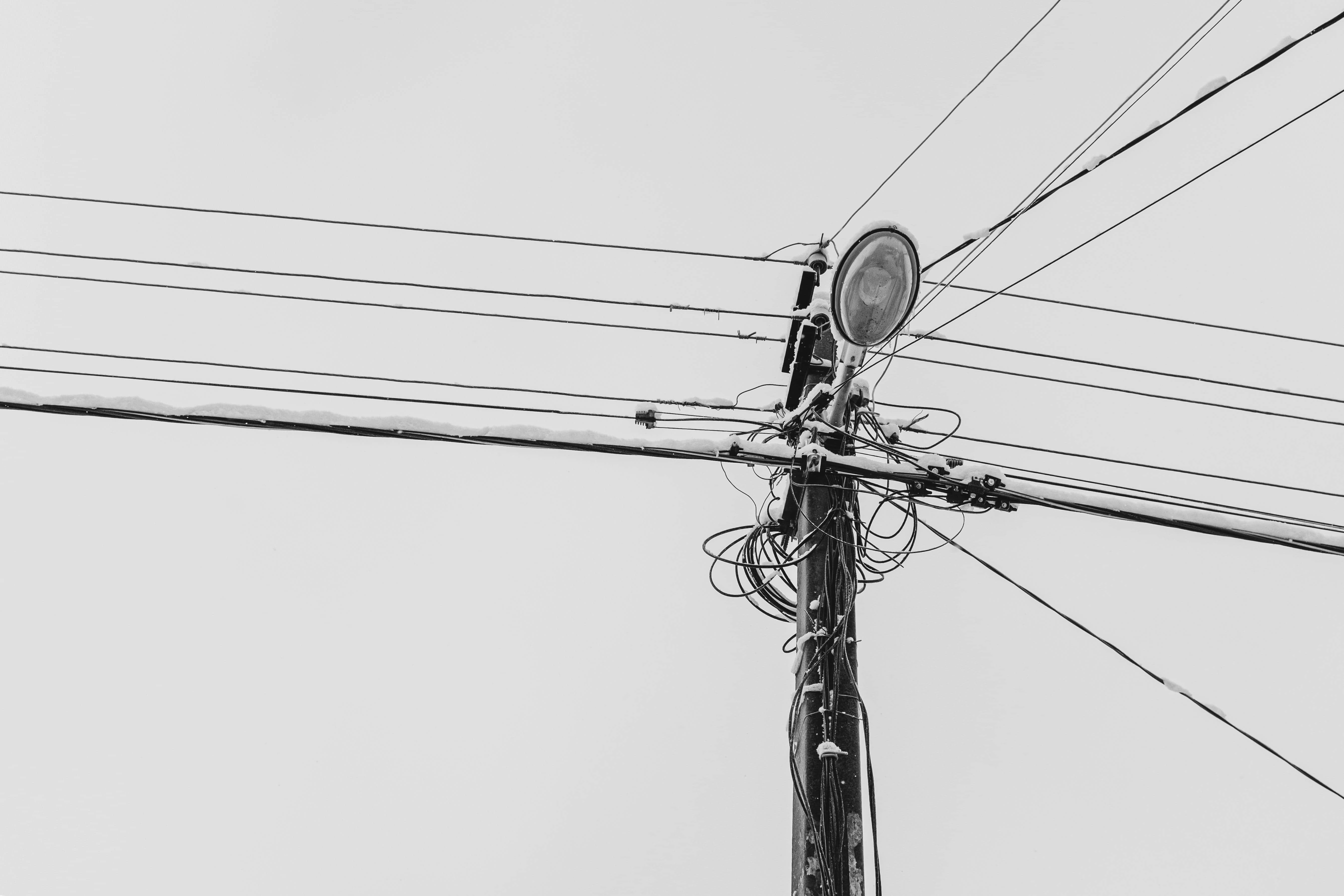
Recommended Thermostat Settings for Summer and Winter
Discover the best thermostat settings for summer and winter to save on energy and lessen costs.
As the seasons change, so does the way we manage our homes, especially when it comes to ensuring our comfort and managing energy consumption. Finding the ideal thermostat setting can be a bit of a balancing act between keeping your home cozy and not sending your utility bills through the roof. Let's find out what the recommended thermostat settings for summer and winter are.
The Best Summer Temperature
When the sun is blazing outside, keeping your home cool is a priority. But, how cool should it be? According to the U.S. Department of Energy, the general recommendation for summer is to set your thermostat to around 78°F (26°C) when you’re at home and awake. It might seem a tad warm at first glance, but keep in mind, each degree set above 72°F can save you up to 3% on your cooling costs. The goal is to find the temperature that helps you stay comfortable while saving energy and reducing costs.
Keeping your home warmer when you’re away for more than two hours in the summer will also help you save money. To save up to 10% on cooling costs, we recommend turning your thermostat setting to 85-88°F while you’re away from home.
Adjust as Needed
Here's the thing: everyone's comfort level is a bit different. Some of us might find 78°F perfect, while others might start melting. If the recommended setting feels too warm, it's okay to adjust it a few degrees cooler. Just remember, for every degree you lower the thermostat, your cooling costs can jump by about 6% to 8%. Finding a comfortable compromise is the key.
The Best Winter Temperature
The winter chill calls for a cozy, warm home. But, before you crank up the heat, remember this: setting your thermostat to 68°F (20°C) during the day when you’re home is generally recommended by energy providers. This temperature strikes a balance between warmth and energy efficiency. If you're bundled up in a comfy sweater and warm socks, this setting can feel quite snug.
Additionally, turning your thermostat down by at least 7 degrees while you're away at work or asleep under warm blankets can save you up to 10% annually on energy costs. This is based on Energy.gov's recommendation of turning your thermostat back 7-10 degrees from its normal setting for 8 hours a day to conserve energy and cut costs.
Drop to 65 Degrees at Night
When it's time to hit the hay, dropping the thermostat setting to around 65°F (18°C) can further reduce your energy bill (and contribute to better sleep!). Your body naturally cools down as you snooze, so a cooler room complements this physiological process. Plus, snuggling under a warm blanket becomes even more satisfying.
Thermostat Settings in All Seasons
The shoulder seasons of Spring and Fall present their own comfort challenges. The key here is flexibility. On milder days, take advantage of natural ventilation by opening windows. When the temperature swings, adjust your thermostat accordingly, but always aim for the most energy-efficient setting that still keeps you comfortable.
The Benefit of Eco-Friendly Thermostat Settings
Adopting these eco-friendly thermostat settings doesn't just benefit your wallet; it's also kind to the planet. If this is important to you, consider investing in a programmable or smart thermostat. These devices make it easier to keep your home at the ideal temperature throughout the year, adjusting based on your habits and preferences.
Written by Kendra Aquino
Kendra is EnergyBot's Content Manager.
Connect
Recent Posts
Road to Recovery: Fort Worth homeowners receive $27 million after 2021 Winter Storm Uri
Fort Worth residents are still recovering from the havoc caused by Winter Storm Uri in 2021, but now relief is on the horizon in the form of $27 million in grants.
September 2025

3 minutes

PPL Electricity Rates Climb Ahead of the Holiday Season
December 2025

4 minutes

Unlimited Electricity Plans in Texas: Here’s What it Actually Costs
Searching for unlimited electricity plans in Texas? On the surface, they sound perfect: one flat bill, no matter how much power you use.
August 2025

4 Minutes

.jpeg)

